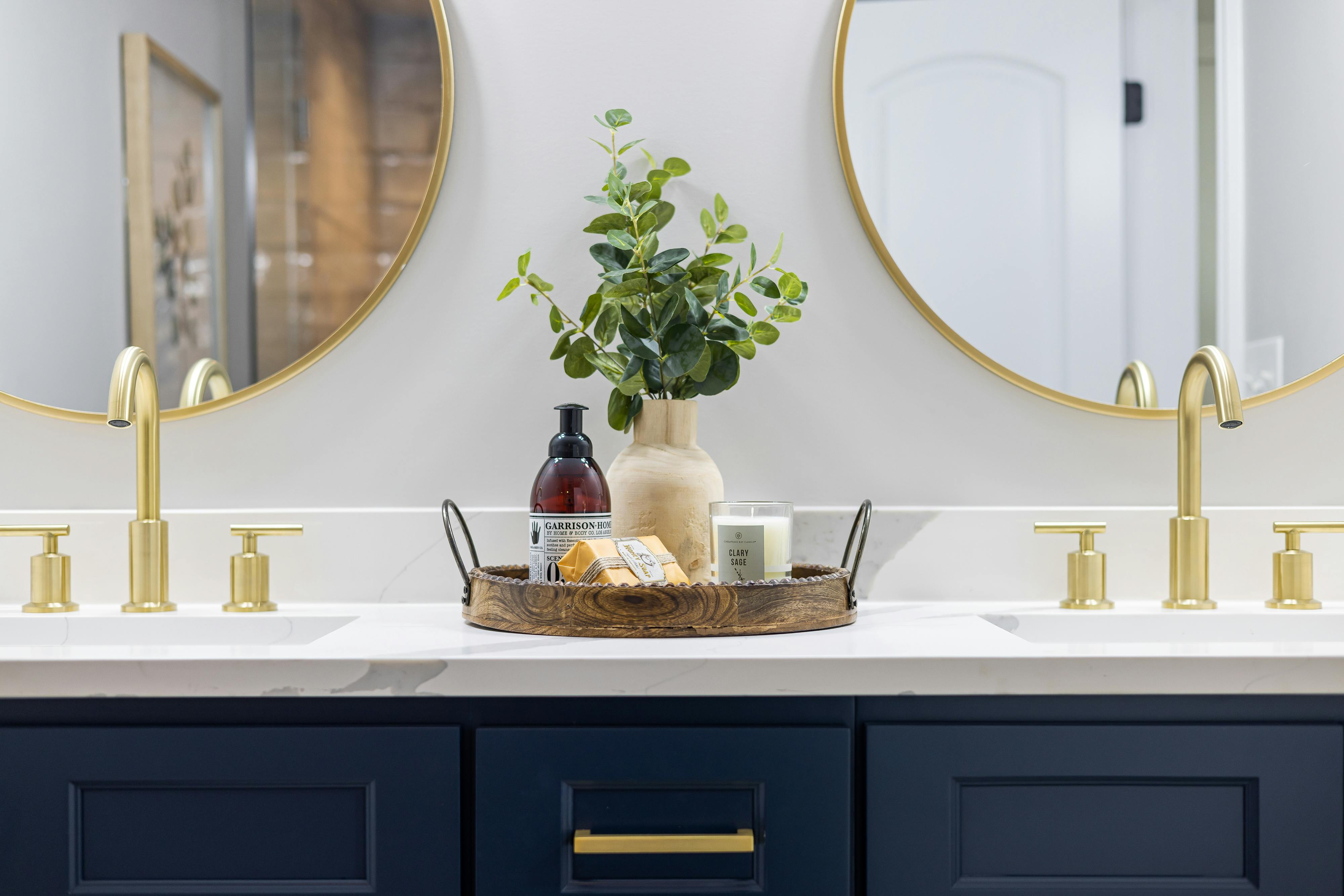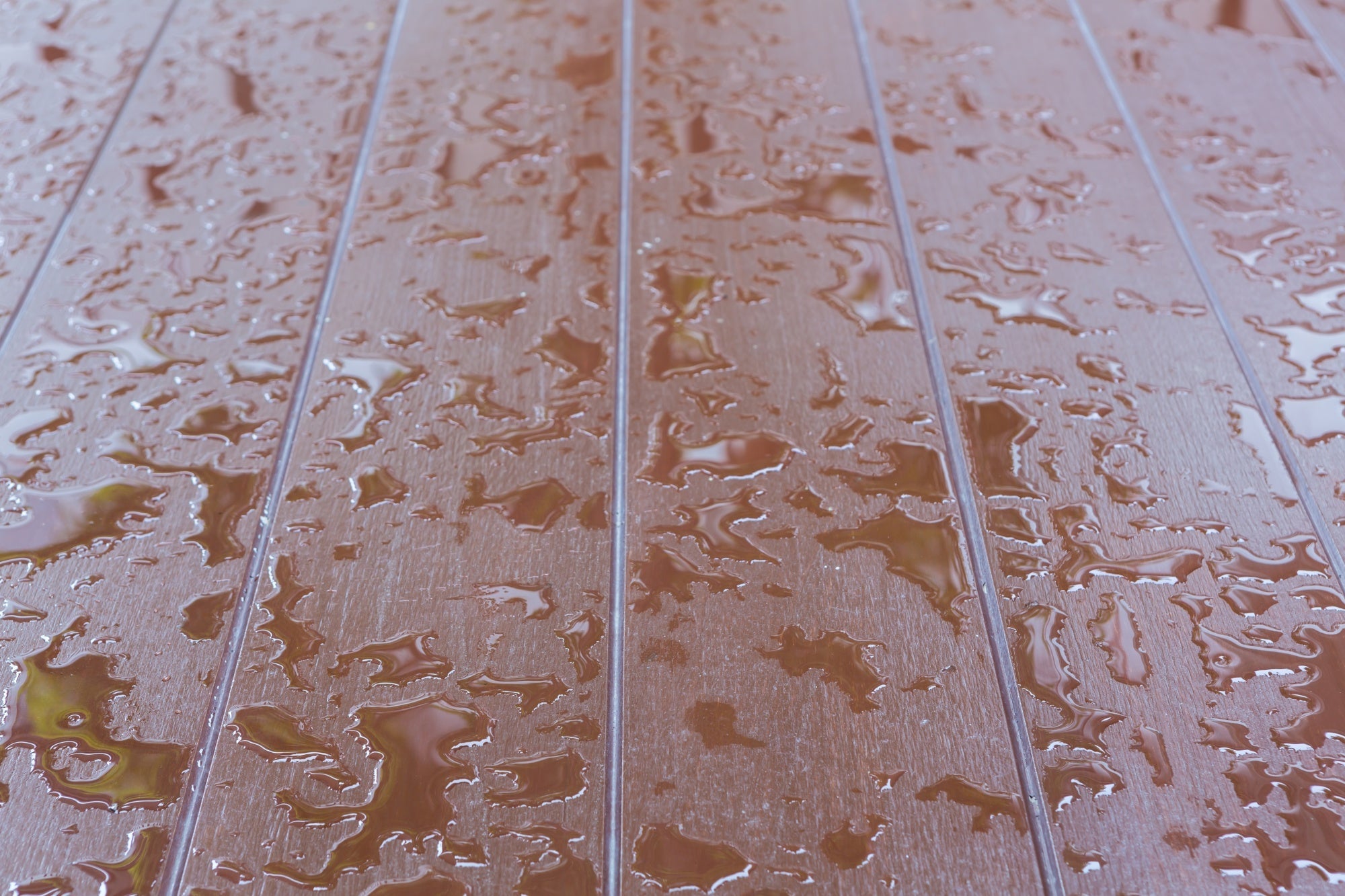Water is a precious resource, and its scarcity affects millions of people worldwide. In Australia, where arid conditions prevail, water conservation becomes even more critical.
As temperatures soar during the hot summer months, responsible water usage becomes paramount. Here, water isn’t just a resource; it’s a lifeline, a whispered prayer for survival.
Australia, known for its vast landscapes and unique biodiversity, faces a constant challenge: water scarcity. With its arid climate and fluctuating rainfall patterns, water conservation isn't just a choice; it's a necessity.
As the continent experiences hotter and drier summers, the importance of preserving this precious resource becomes increasingly evident. Among the many avenues for conservation, innovations in sinks and bowls, along with tips for saving water in the kitchen, stand out as simple yet effective solutions in the quest to save water.
Understanding Water-Saving Features
Innovations in sink and bowl design have revolutionized water usage in households and businesses across Australia. Traditional faucets and bowls often dispense more water than necessary, leading to wastage. However, modern fixtures, including smart water faucets and energy-efficient appliances, incorporate ingenious features that minimize water consumption without compromising functionality.
Among these features, aerators stand out as simple yet effective solutions. These small attachments, when fitted onto the end of a faucet, introduce air into the water stream, creating a bubbly flow. This not only minimizes splashing but also reduces the volume of water used, all while maintaining adequate water pressure.
Most kitchen and bathroom faucets have a sink aerator. An aerator may seem unnecessary—until the moment you remove it and you wonder why the water suddenly feels different. By mixing air with water, aerators provide the sensation of a full flow while conserving precious water resources. These aerators are part of broader water-saving initiatives and are examples of water-efficient bathroom fixtures that contribute to sustainable water management practices.
Modern sinks come equipped with low-flow sink fixtures, incorporating water-saving sink technology. These innovative features regulate water flow, ensuring that we use only what we need. By reducing water wastage during handwashing, dishwashing, and other tasks, these fixtures contribute to overall conservation efforts.
Additionally, the use of eco-friendly sink materials, including renewable sink materials, further enhances the sustainability of water-saving practices, ensuring that our choices not only conserve water but also minimize environmental impact.
Furthermore, sensor-activated faucets represent a technological advancement in water-saving fixtures. Equipped with motion sensors, these faucets detect the presence of hands beneath them, triggering the flow of water. Once the hands are removed, the flow automatically ceases, eliminating the risk of leaving taps running unintentionally.
This not only saves water but also promotes greater efficiency and convenience in daily activities. These faucets are complemented by innovative water-saving bowl designs, creating a comprehensive approach to conserving water in the household.
Sustainable sink accessories also play a vital role in promoting water conservation. By choosing accessories made from environmentally friendly materials and designed for efficiency, homeowners can further reduce their water footprint and contribute to a greener home design.
The Importance of Water Conservation in Australia
In Australia, where arid conditions prevail and water scarcity is a pressing concern, the importance of water conservation cannot be overstated. Consequently, adopting water-saving measures becomes crucial for mitigating the impact of droughts and ensuring the sustainability of water resources.
Public awareness campaigns play a significant role in educating individuals about the importance of water conservation and motivating them to take action.
Community water-saving programs further enhance conservation efforts by engaging local residents in collective action to reduce water consumption and promote sustainable water management practices.
Water conservation is not only a matter of environmental stewardship but also a necessity for safeguarding public health and supporting economic prosperity. Water conservation policies play a crucial role in regulating and promoting efficient water usage. By reducing water consumption, individuals, communities, and businesses can contribute to alleviating pressure on water infrastructure and reservoirs, thereby ensuring reliable access to water for essential needs.
Innovations in sinks and bowls offer a glimpse into a more sustainable future, where responsible water usage is prioritized and embraced. By incorporating water-saving features such as aerators and sensor-activated faucets, individuals and businesses can make meaningful contributions to water conservation efforts in Australia.
However, achieving meaningful change requires collective action and a commitment to fostering a culture of conservation. Through public awareness campaigns, educational initiatives, policy interventions, and educational resources on water conservation we can empower individuals and communities to adopt water-saving practices and embrace a more sustainable way of life.
As Australia grapples with the challenges of water scarcity and climate change, the need for proactive measures has never been more urgent. By flowing responsibly and embracing water-saving innovations, we can ensure a brighter, more sustainable future for generations to come.
Let’s turn the tide toward sustainable practices and ensure a brighter, water-secure future for all. Remember, the next time you wash your hands or rinse a dish, you’re not just conserving water—you’re safeguarding our planet.






Share:
Love in Every Corner: Romantic Tips for Valentine's Day Home Decor
Smart Sinks: Redefining Modern Living